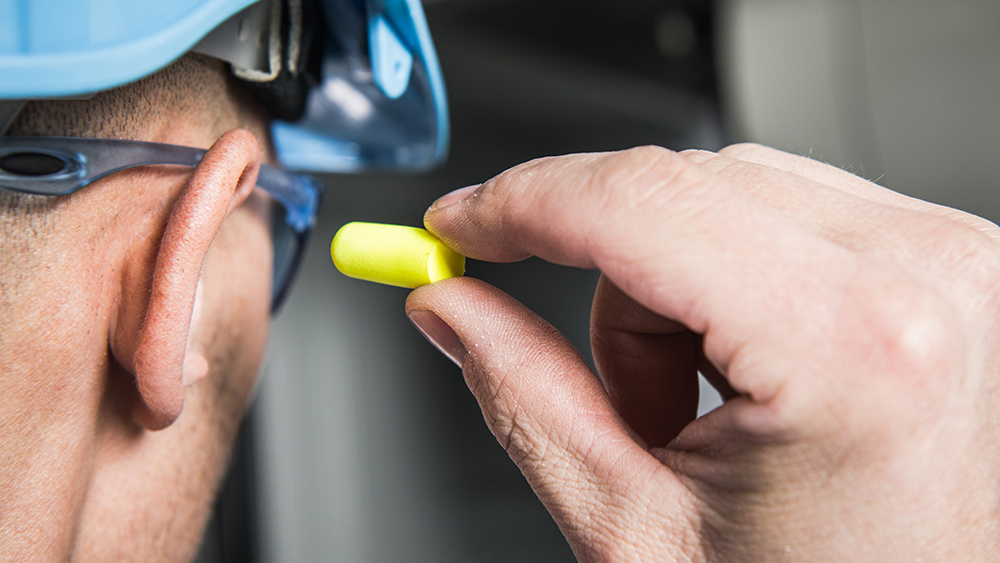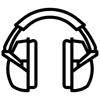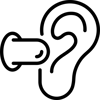Your comprehensive guide to Ear Protection.
Ears are extremely delicate and if inadequately protected, can be permanently damaged. Most worryingly, damage to hearing often goes unnoticed, meaning ear protection is vital to the health and safety of employees.
Protection for hearing has gone from strength to strength with the introduction of the Control of Noise at Work Regulations in 2006. This ensures that workplace noise should be eliminated and failing that, hearing protection should be available for workplaces with persistent noise at 80 dB and compulsory at 86 dB or higher.
The Control of Noise at Work Regulations require companies to:
- Identify the risks that noise at work poses to employees.
- Take steps to reduce the noise exposure that creates those risks.
- Give employees hearing protection if it isn't possible to reduce noise exposure.
- Ensure that the legal noise exposure limits are not exceeded.
- Educate, instruct, and train their employees.
- In cases of health risk, conduct health surveillance.
- Hearing protection products should conform to EN352 to qualify as a valid accessory for protecting the ears.
Ear Protection Types
Hearing protectors comprise of two cups covering the ear, filled with foam or liquid. The cups are held in place by wire or band.
Hearing protectors are generally small foam objects used to insert into the entrance of the ear canal.
 Helmet Mounted Ear Defenders (EN352-3)
Helmet Mounted Ear Defenders (EN352-3)
Hearing protectors with similar features to Ear Defenders, although they can also be attached to safety helmets for combined usage. Many mounted ear defenders provide a parked position for when they are not in use.
What is HML?
HML values indicate the level of sound reduction over three frequency ranges H (High), M (Medium), and L (Low).
H (High): between 2000 and 8000 Hz
M (Medium): between 1000 and 2000 Hz
L (Low): between 63 and 1000 Hz
What is SNR?
SNR stands for Single Number Rating, which indicates an average value of protection over the relevant frequencies.
As an example, an SNR value of 35 absorbs 100 dB and reduces it to 65 dB. See the chart below to identify which SNR rated product to use for certain decibels.
| Noise Level (dB) | Ear Protector SNR |
| 85-90 dB | SNR 20 or less |
| 90-95 dB | SNR 20-30 |
| 95 - 100 dB | SNR 25-35 |
| 100 - 105 dB | SNR 30 or more |
What are decibels?
Decibels (dB) are the units used to measure the intensity of a sound. The smallest audible sound (almost total silence) is 0dB, however a sound 100 times more powerful than near total silence is 20 dB.
| Risk Level | Approx dB | Type of Sound |
|
Harmful |
130 | Riveting Hammers |
| 120 | Chainsaws | |
| 110 | Nail Guns | |
|
Risky |
100 |
Grinding & Cutting Wheels |
| Concrete Pouring | ||
|
90 |
Drilling Concrete | |
| Sandblasting | ||
| Band Saws | ||
|
|
80 | Busy Traffic |
| 70 | Car Driving | |
| 60 | Normal Conversation | |
| 0 | Silence |
Tiger Supplies Ear Protection
Tiger Supplies counts with a range of ear defenders to suit different working conditions and noise hazards. Some of our products have been designed for light industry applications while others are meant for use in medium-duty industrial and outdoor applications.
Tiger Supplies’ earplugs are made from a soft material that is easy to insert and provides comfort. From washable and reusable earplugs to disposable corded earplugs, Tiger Supplies’ earplugs offer protection mostly against lower noise levels.
If you are looking for ear protection for intermittent use, we have banded earplugs, which can be worn under the chin to allow freedom of movement. Tiger Supplies also offer earplug dispensers, which can be wall-mounted or free-standing.
For any additional support or advice on our range of ear protection, don’t hesitate to email us at sales@tiger-supplies.co.uk.



